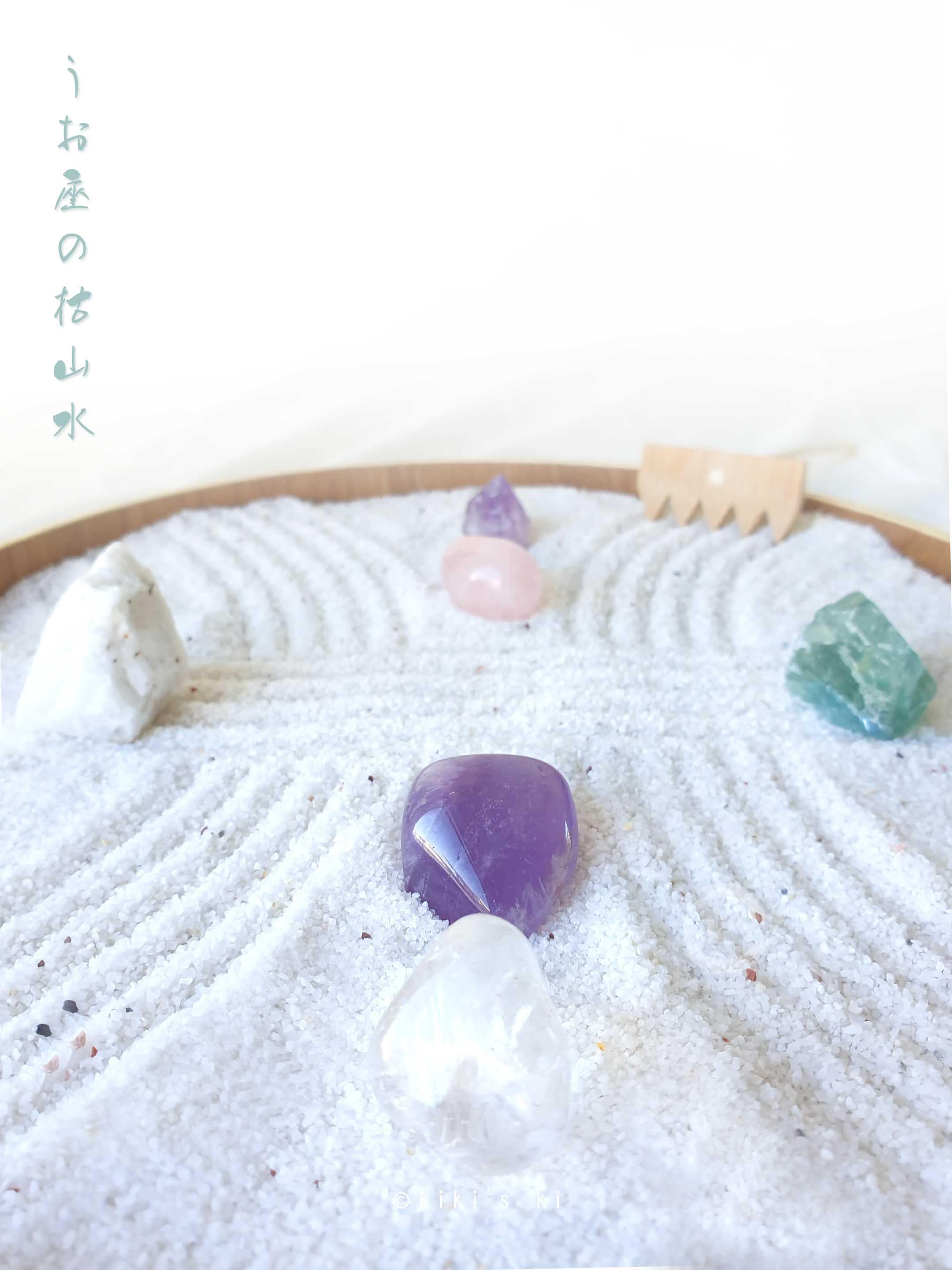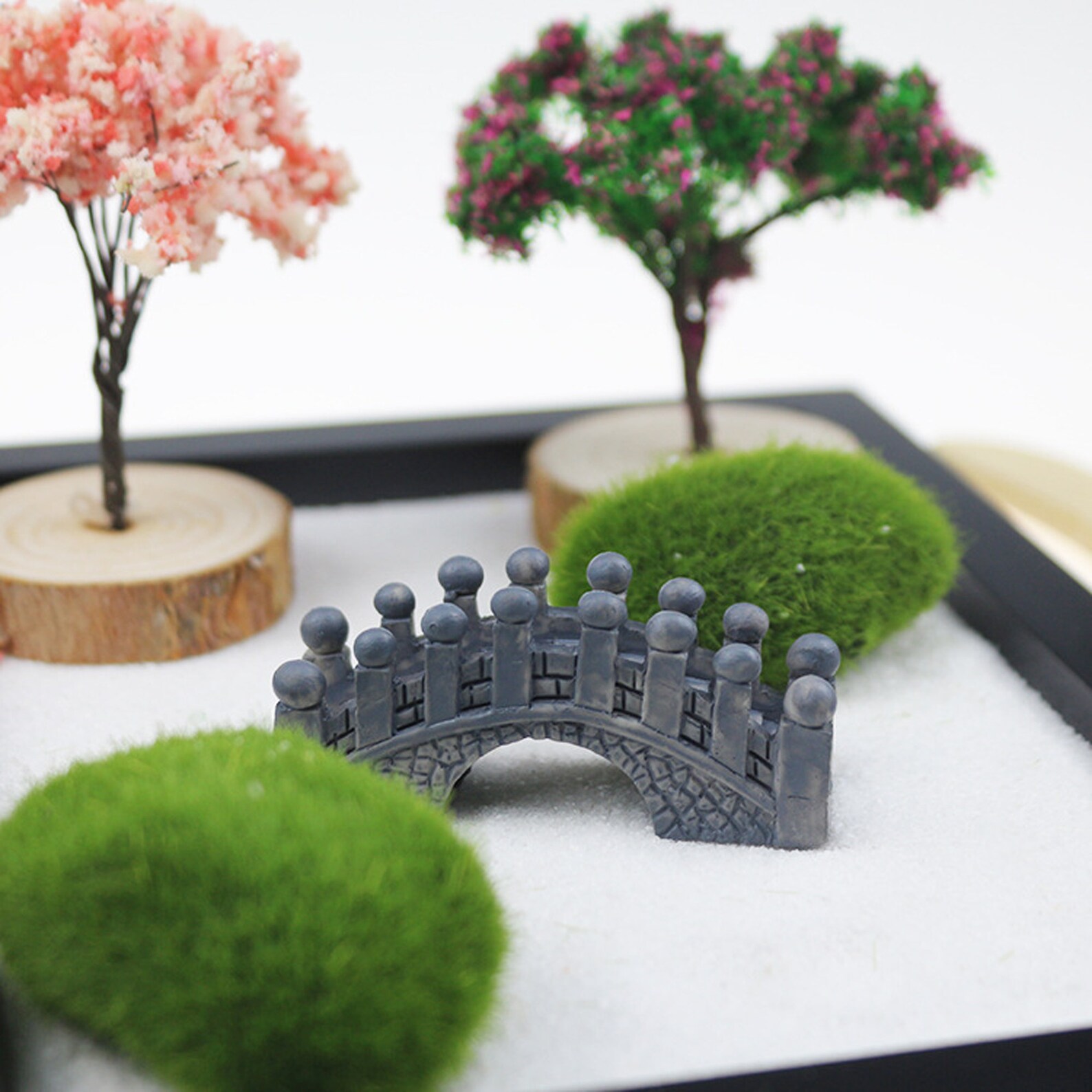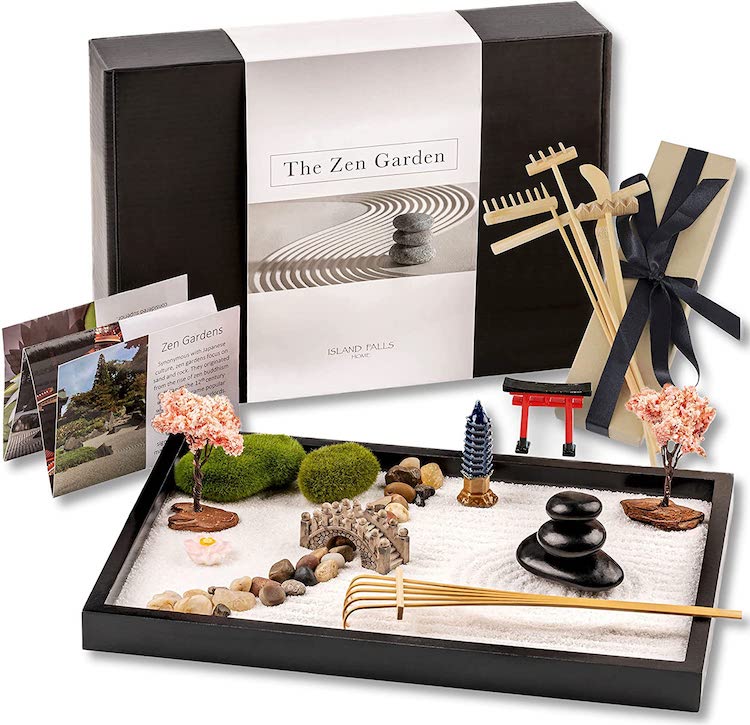

You can add them into the corner with group or just place them separately from each other – this is basically just up to you and what you prefer. Stones are very beautiful and important elements in desktop zen gardens. Place a divider into the sand before adding the plants. If you are using real plants, add them before pouring the sand. However plants aren’t necessary elements on mini zen gardens. Plants are great way to bring nature into you DIY mini zen garden.
MINI ZEN GARDEN KIT CANADA PRO
Pro tip: if you want to have a wet looking sand, add a few drops of all natural jojoba oil to make your sand patterns to stand out. Add a few drops of essential oil into the sand if you want. This kit is perfect for spiritual people! Citrine improves mental clarity and enhances spiritual growth. It kindles success, joy, abundance, self-confidence and personal power.

While these gardens are very common in Japan, in western countries we don’t always have a peaceful place to clear our mind. Shortly, stone can have a meaning what you give to them. Group of stones could symbolize even a crane in flight. One stone could represent a boat or a living creature like a turtle. Stone arrangements usually represents such as mountains, islands, rivers and waterfalls. These elements can symbolize various of meanings. Developing variations in patterns are inspiring and creative challenge. Perfect lines are not easy to achieve so it’s a great way to meditate. Raking is meant to help to practice concentration. The act of raking the gravel into a pattern represents of waves or rippling water. Gravel and sand symbolizes water – purity, emptiness and distance. Gravel is less disturbed by wind and rain so it’s rather used than sand. Next we explain the symbolic meanings of the mini zen garden features. In addition, all of the features have specific symbolic meanings which makes zen gardens so unique.

However, they can also include small bushes and water features.

Zen gardens are usually composed of gravel, sand and rocks. Simply, zen gardens were designed to stimulate meditation. They were intended to imitate the intimate essence of nature and they were places where people could meditate about the true meaning of life and find their inner peace. Zen gardens, also known as Japanese rock gardens or dry landscape gardens, were classically created at temples of Zen Buddhism.


 0 kommentar(er)
0 kommentar(er)
